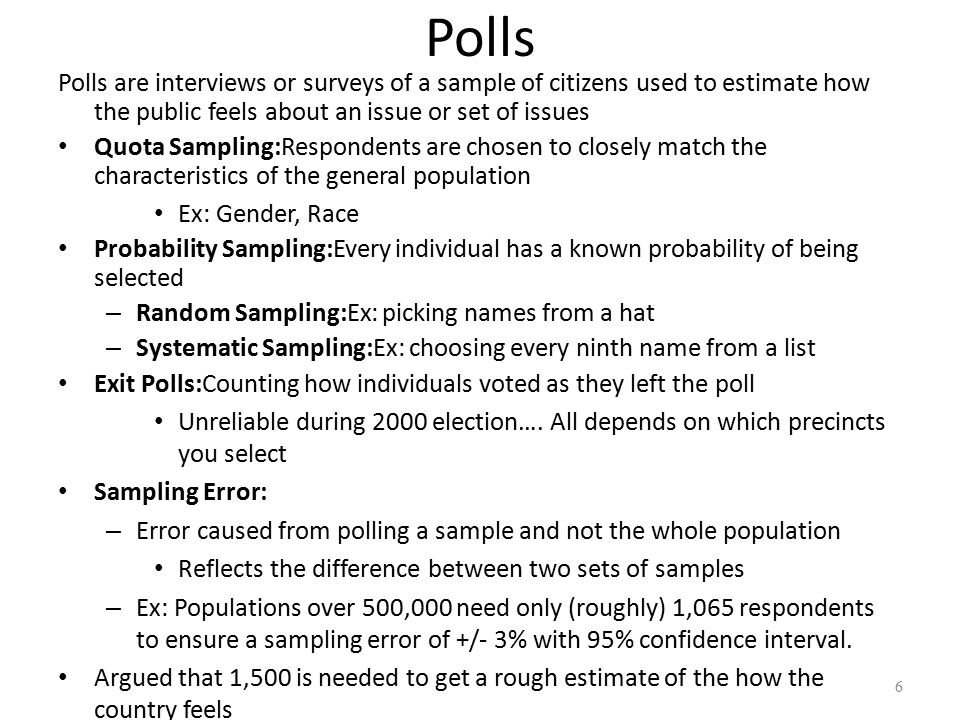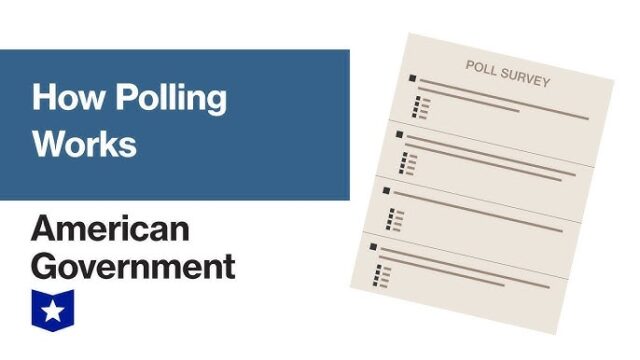How Political Polling Works in US Elections
Political polling plays an important role in US elections. It helps politicians, media outlets, and the public understand how voters feel about candidates, policies, and issues. However, not everyone fully understands how polling works or how accurate it is. This blog will explore how political polling works in US elections, covering its purpose, methods, challenges, and impact.
What is Political Polling?
Political polling is a process that measures the opinions and preferences of voters. Pollsters, or the people who conduct polls, ask a sample of voters a series of questions about their views on candidates, policies, or political issues. These polls give a snapshot of what people think at a specific moment.
Polls are used to understand public opinion, predict election results, and inform campaign strategies. For example, a poll might ask voters who they plan to vote for in an upcoming election or how they feel about a new government policy. Politicians use this information to shape their messages and decide where to focus their campaigns.
Polls are not just random guesses. They are based on scientific methods that aim to accurately represent the opinions of a larger population. This is done by selecting a small group of people, known as a sample, whose views reflect those of the whole population.
How Pollsters Choose Their Sample
Choosing the right sample is one of the most important parts of conducting a poll. In the US, the population is too large to survey everyone, so pollsters select a smaller group that represents the entire population.
To do this, they use random sampling, a method that gives every individual in the population an equal chance of being chosen. This helps ensure that the sample is not biased and accurately reflects the diversity of the population.
For example, if a pollster wants to survey American voters, they will aim to include people of different ages, races, genders, and political beliefs in their sample. By doing so, they create a group that mirrors the larger voting population.
In some cases, pollsters may use methods like phone surveys, online surveys, or face-to-face interviews to gather responses. They may also focus on likely voters, which are individuals who are most likely to participate in an election, rather than just registered voters.
The Importance of Sample Size
The sample size, or the number of people surveyed in a poll, is crucial for accuracy. A larger sample size generally leads to more accurate results because it reduces the margin of error. The margin of error indicates how much the poll results could differ from the actual opinions of the population.
For example, a poll with 1,000 respondents might have a margin of error of 3%. This means that if a candidate is polling at 50%, their actual support could be between 47% and 53%.
While larger sample sizes improve accuracy, they also increase the cost and time required to conduct the poll. Pollsters must balance the need for a large sample with practical constraints like budget and time.
Types of Polls

Different types of political polls serve different purposes in US elections. Here are a few common types:
- Benchmark Polls: These are the first polls conducted when a candidate enters a race. They provide an initial snapshot of the candidate’s support and help guide campaign strategies.
- Tracking Polls: These are repeated polls conducted over a period of time to track changes in voter preferences. Campaigns use tracking polls to see how events, speeches, or news stories affect public opinion.
- Exit Polls: Exit polls are conducted on Election Day as voters leave the polling station. These polls provide early indicators of how the election might turn out before all votes are counted.
- Opinion Polls: These are general surveys that ask voters about their opinions on various issues, policies, or candidates. They help campaigns understand what matters most to voters.
Each type of poll offers different insights, but they all share the goal of understanding the preferences and opinions of the electorate.
How Polls Are Conducted
Once pollsters have chosen their sample, they conduct the poll by asking questions. These questions are carefully crafted to avoid leading the respondent to a particular answer. The wording of the questions can greatly influence the results, so neutrality is essential.
Polls can be conducted through different methods:
- Phone Polls: Pollsters call respondents and ask questions over the phone. These are still common but are becoming less popular due to declining response rates.
- Online Polls: Polls conducted over the internet have become more common. These can reach a wider audience and are often more cost-effective.
- In-Person Interviews: Pollsters may interview respondents face-to-face, but this method is more time-consuming and expensive.
After collecting responses, pollsters analyze the data to determine trends and patterns in voter preferences. The results are then presented with a margin of error, which accounts for the possibility of error in the polling process.
Challenges and Limitations of Political Polling
While political polling is a valuable tool, it is not without its challenges and limitations. Here are a few common issues:
- Response Bias: Not all voters are equally likely to respond to polls. For example, younger people and minorities may be underrepresented in phone polls, which can lead to biased results.
- Nonresponse Rates: As fewer people answer phone calls from unknown numbers, response rates have declined. This makes it harder to gather a representative sample.
- Social Desirability Bias: Sometimes, respondents may give answers they think are socially acceptable rather than their true opinions. This can distort poll results.
- Timing: Polls only capture opinions at a specific moment. Public opinion can change quickly, especially in the lead-up to an election. A poll conducted a month before an election may not reflect how voters will feel on Election Day.
- Misinterpretation of Results: Poll results are often presented as absolute predictions, but they are just snapshots of public opinion. Many factors, such as voter turnout and last-minute decisions, can affect the final election outcome.
The Role of Polls in US Elections
Despite their limitations, political polls play an important role in US elections. They help candidates understand the issues that matter most to voters and adjust their campaigns accordingly. For example, if a poll shows that voters are concerned about the economy, a candidate might focus their message on economic policies.
Polls also influence media coverage. Candidates who perform well in polls often receive more attention, while those with lower polling numbers may struggle to gain media coverage.
In addition, polls help voters make informed decisions. By seeing how other voters feel, people can get a sense of the overall political landscape. However, voters should remember that polls are just one piece of the puzzle and may not always accurately predict the final election results.
Conclusion
Political polling is a complex process that provides valuable insights into voter opinions and preferences in US elections. While it has its challenges, polling remains a critical tool for understanding the electorate and shaping election campaigns. By understanding how polls work, voters can better interpret their results and use them as one of many factors in making informed decisions during elections.










